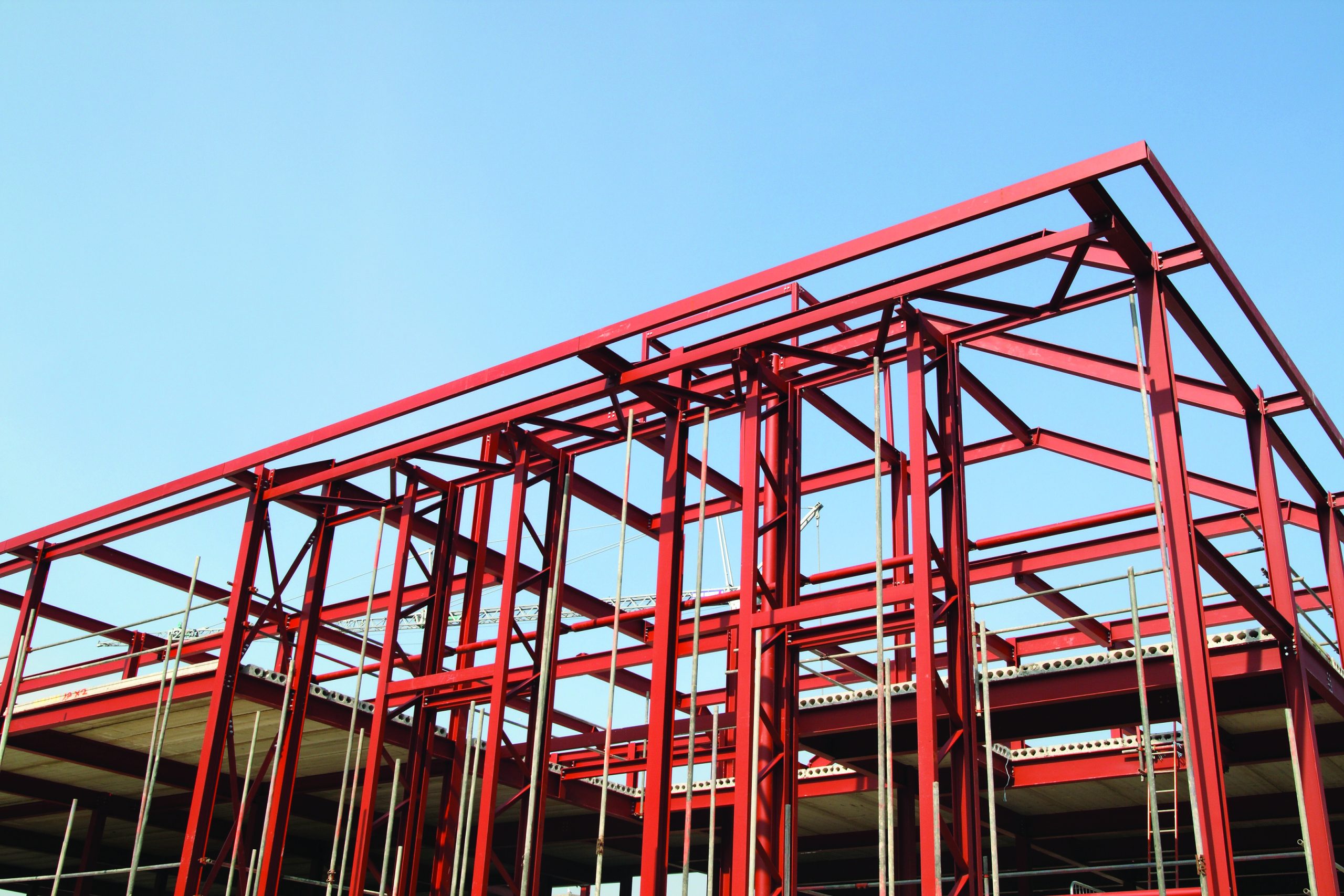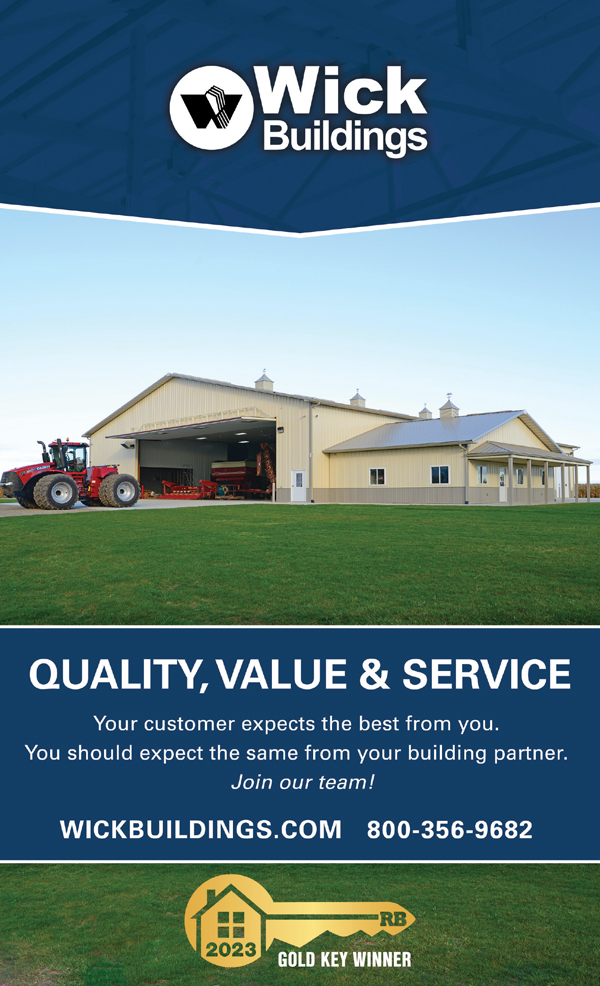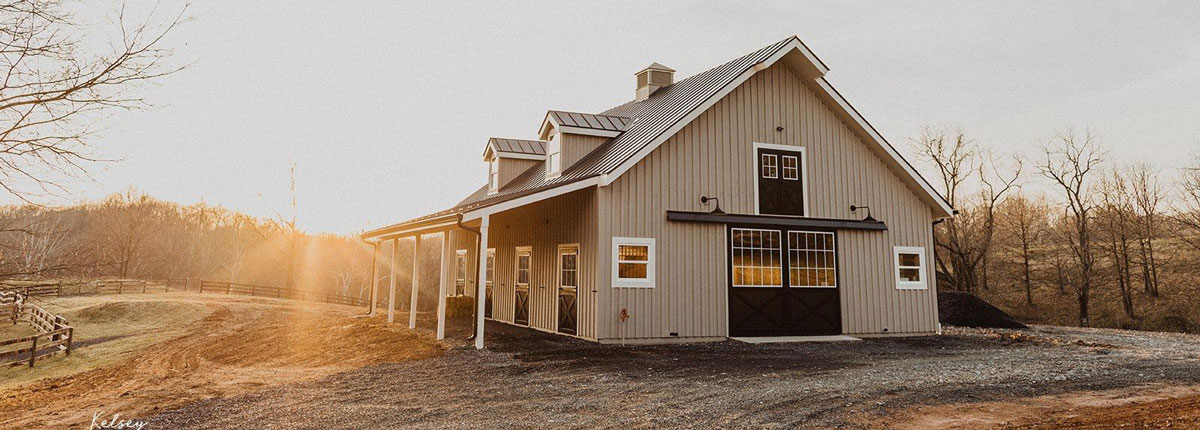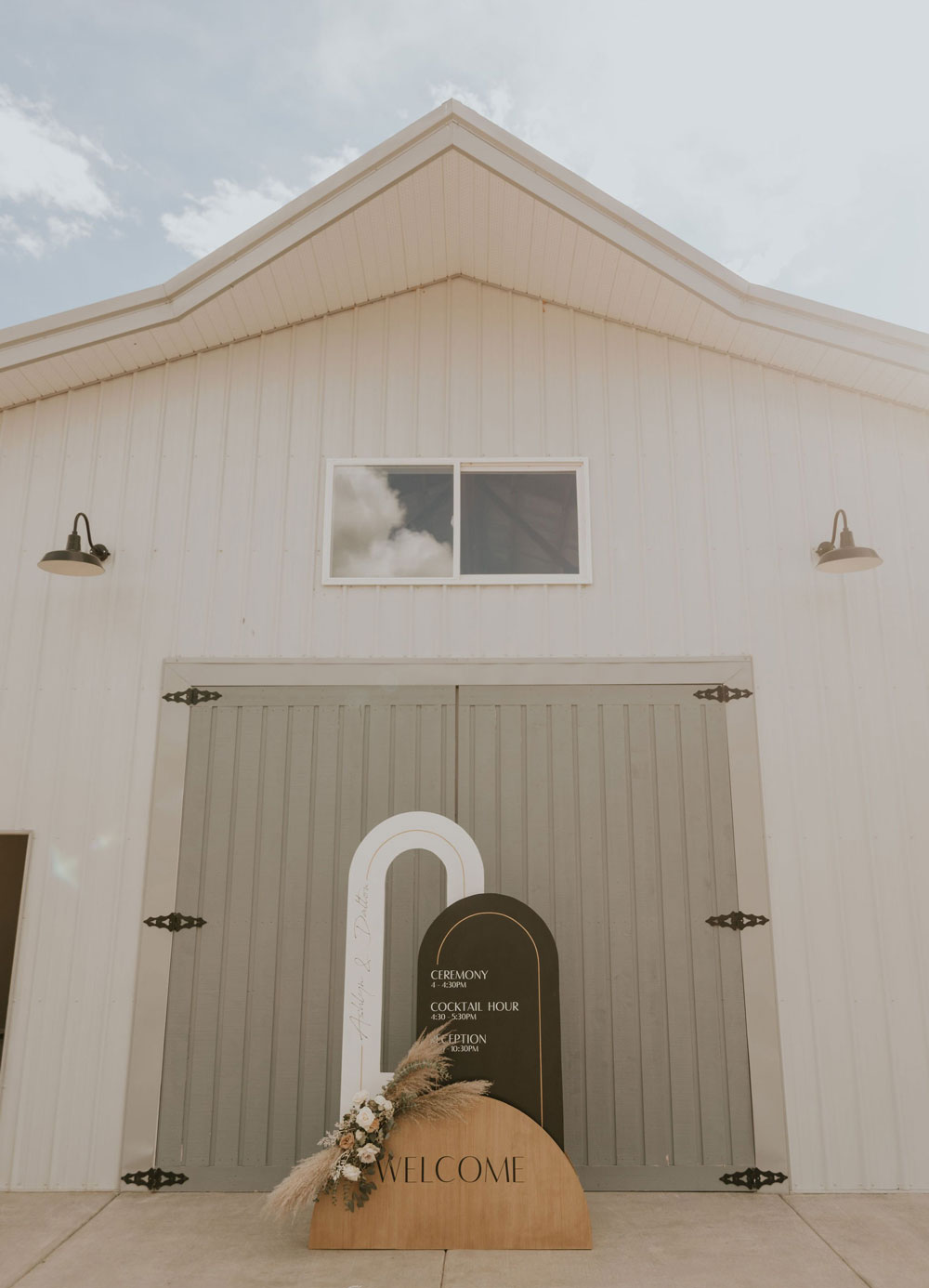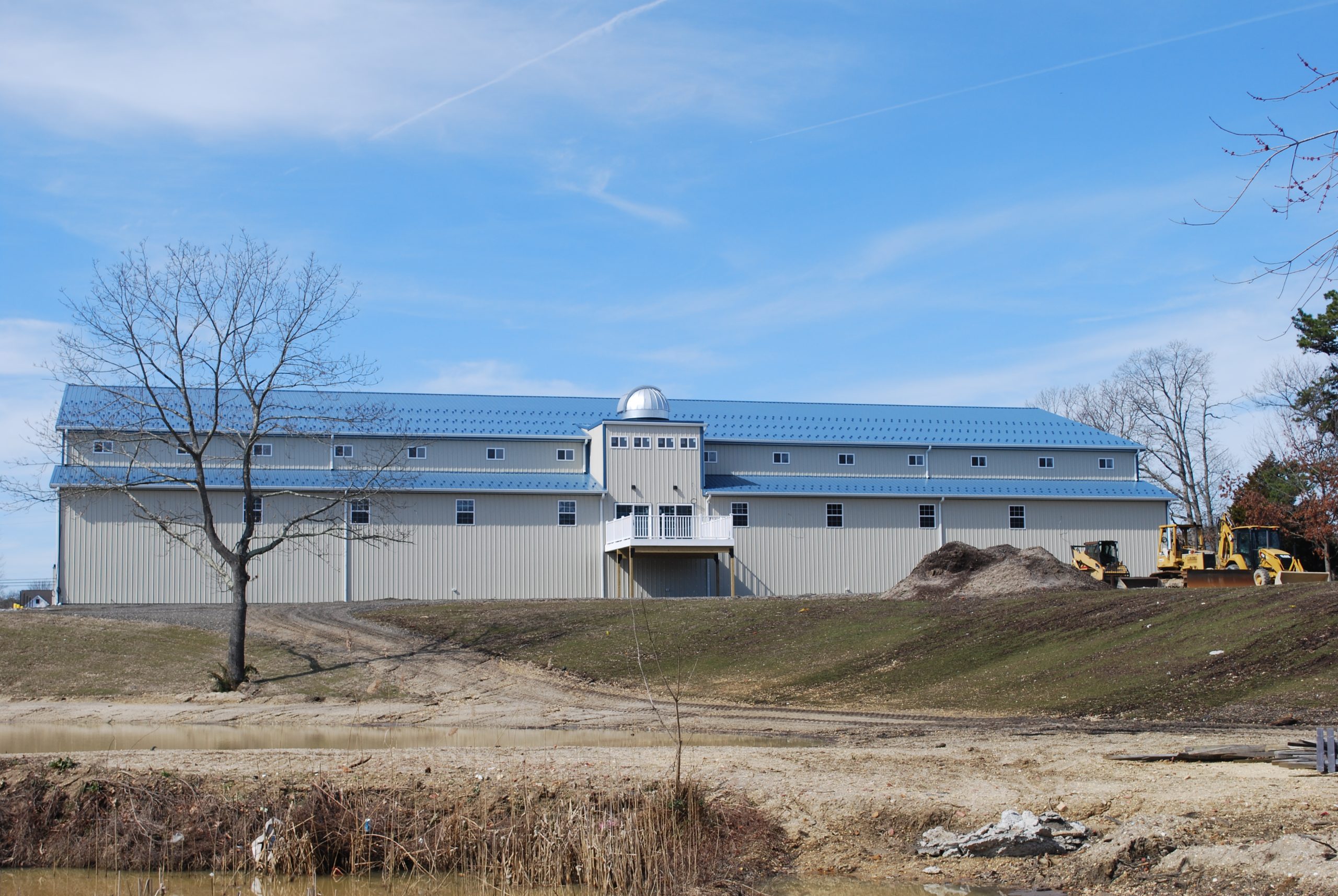By Linda Schmid
Red and green hold opposite places on the color wheel. Interestingly enough, people who are color blind or “color ignorant” often have a hard time distinguishing between them. In post-frame building, the two types of materials generally used for framing are red iron or green treated lumber. So, in the scheme of buildings which are designed to be strong, durable, and long-lasting, are these two materials opposites or complementary components? When should you build with red iron; when should you choose green treated lumber?
The Case for Red Iron
First, where does the term “red iron” come from? According to Brian Shelton of Chief Buildings, “red iron” means simply: steel. The term was coined because of the widespread use of a red colored primer to prevent the steel from surface rusting. Now, gray primer is just as common.
Red iron is a great material for columns, rafters, girts, and purlins because it will not rot, bugs are disinterested, and there is no warping or degrading. Red iron is expected to last a lifetime; the sheathing generally breaks down before the red iron. Some buildings that are framed with red iron are still standing after seventy years, Shelton says, they are still aesthetically pleasing and still going strong.
Red iron can span great distances that wood can’t match, for instance rafters in large barns. Wood rafters can only span about 100 feet before interior posts are needed to support the center. At those extreme spans, wood rafters may only be spaced 20” apart, so the sheer number of wood rafters needed is a costly proposition in time and materials. Alternatively, red iron easily spans over 100 feet without interior columns, and when needed can even span 300 feet without interior columns, but the columns and rafters do get very large and heavy and can require special equipment to move them around. However, when you need more wood to complete a project, it can get pretty pricey very quickly, in time and materials.
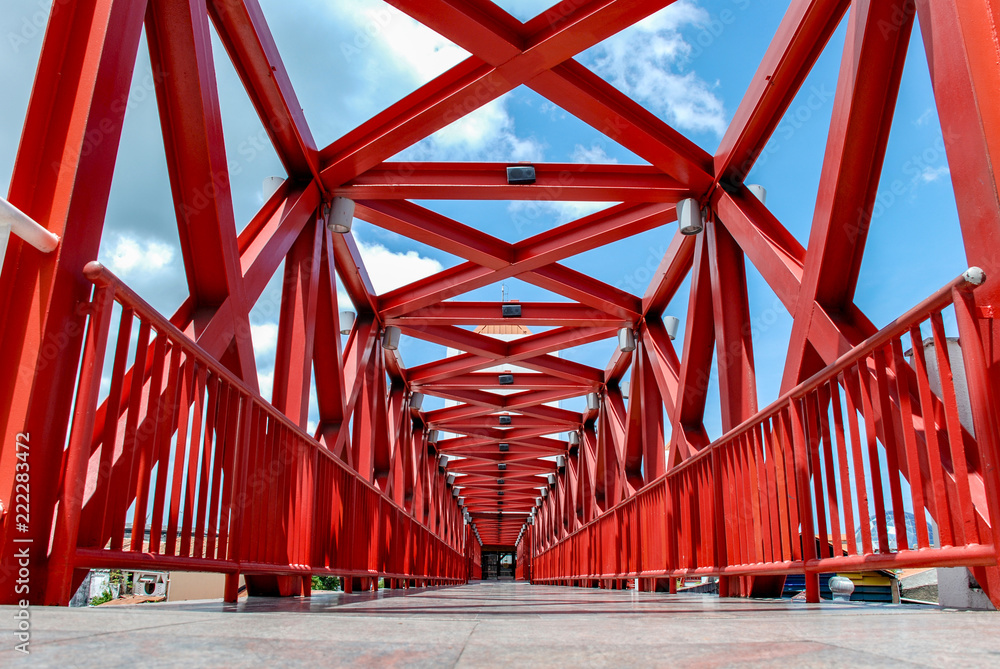
“The labor costs are generally less with red iron, and if you use pre-engineered metal building packages, there is no cutting and waste to deal with on the job site,” Shelton said.
Red iron is often used in agricultural construction because the equipment used today has gotten so large. With combine headers ranging from 30’ to 50’ wide, the headers have to be removed each time they pass through a door. Red iron construction easily allows wide open floor plans and doors wide enough to accommodate the biggest of the big, even in side walls.
“When you consider the ecological side of things,” Shelton said, “wood is a renewable resource, but 90% of steel is recyclable. Wood can’t touch that.”
Can workers jump back and forth between working with wood and red iron? While it can be done, Stelton says that red iron requires a different skill set than wood, so it might require a bit of a learning curve. “With a little familiarity, a builder can learn the nuances. For instance, a builder might fudge measurements in wood, but with metal the size is what it is. If the foundation doesn’t meet up, you have a problem that will affect everyone downstream, so it requires a lot of coordinating between tradesmen.”
Red Iron Tips
• If you are building a cattle shed or other animal confinement, the red iron should be painted or better yet galvanized so the caustic waste doesn’t degrade the steel.
• If you are building along the coastline, the red iron should definitely be galvanized to protect it from the salty sea spray.
• While red iron will last years without rusting, a maintenance schedule of repainting every few years will keep it looking nice in a retail setting.
• Agricultural building interiors that are not exposed to elements can last decades unpainted. Eventually they will start to rust, but if you sand and reprime them, they are fine.
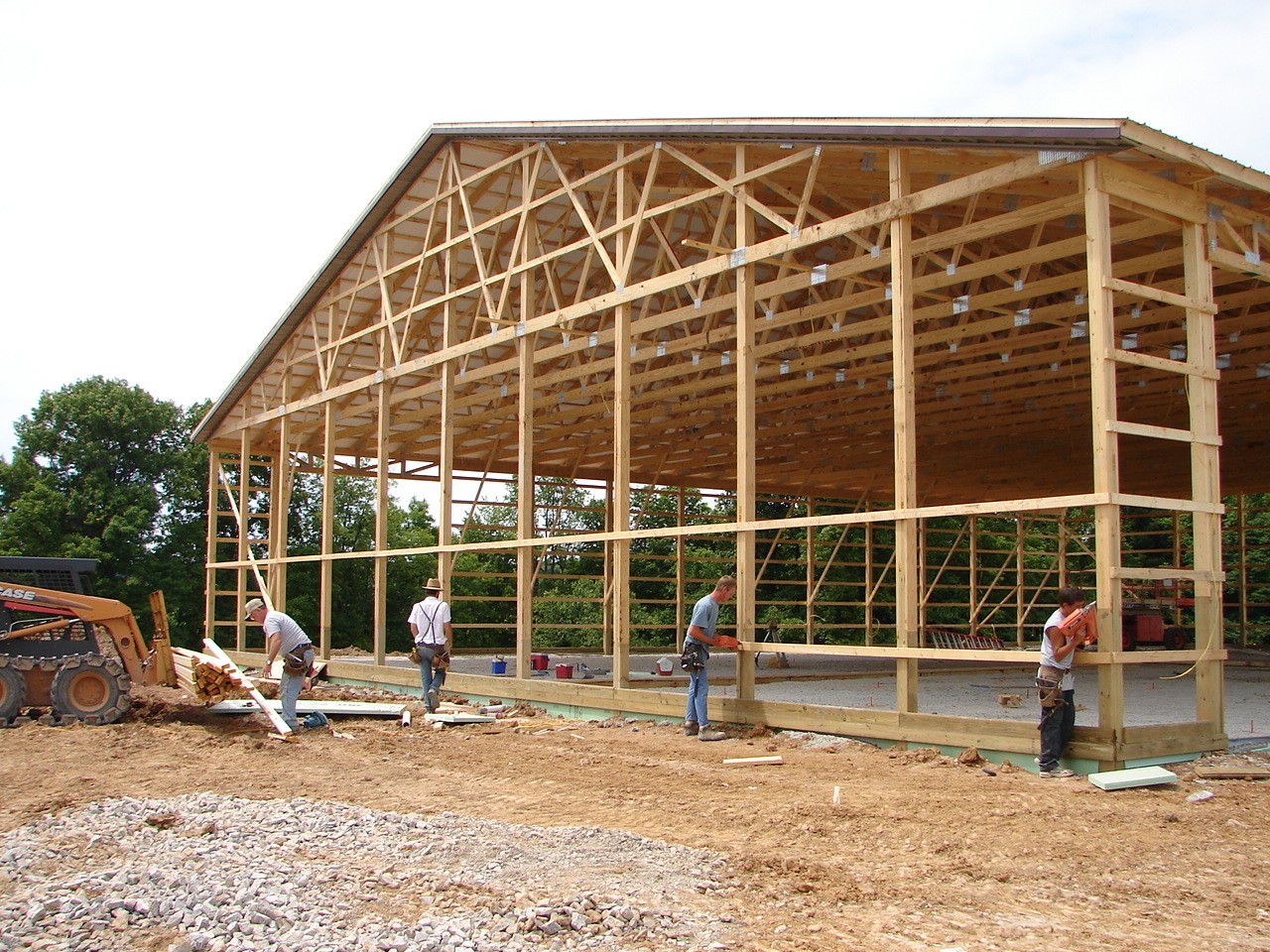
• Enclosed metal buildings will generally require insulation because condensation will likely be a problem on the interior surfaces of the roof and wall panels.
• Any type of cladding or roofing that you would use on a wooden post frame building can be used on a red iron frame.
• The foundation of the red iron frame should be concrete piers placed under columns, beams around the building perimeter, or a whole slab.
• Don’t have your wood workers try to construct a red iron building; get a specialist. The products are only as good as the guy who installs them.
The Case for Green-Treated Lumber
Everyone knows green-treated lumber is lumber treated with a decay-resistant preservative, but what is the green treatment? Most likely it is treated with chromated copper arsenates; copper, or possibly alkaline or micronized copper quarternary, or copper azole. Copper is the most commonly used preservative for treating wood.
Cory Padgette of Graber Post said, “green treated lumber should be used when the member will be exposed to the outdoor elements. It’s also used for sill plates or other times when lumber would come in contact with concrete.” Since concrete will often “sweat” due to condensation, the green treatment is desirable.
“Green treated lumber is often used in post frame construction and for outdoor items such as porch posts and barge board behind the gutter,” Padgette said. “If there is a crawl space, it is common practice to use treated lumber for joists.” Members that will not experience outdoor exposure may not need to be green-treated. For example, purlins and roofing generally do not need to be treated.
Green treated lumber has the advantage of price on its side; wood buildings are generally less expensive than metal buildings.
“Red iron makes the most sense when you get into larger spans or if you are designing for something specific in terms of weather resistance,” Padgette stated.
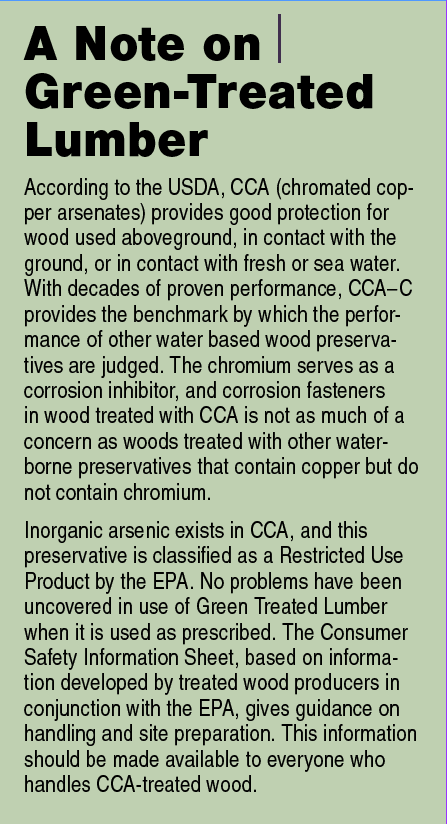
The challenge of green treated lumber is that, “depending on the size of the lumber and how recent the treatment is, the lumber may warp as it dries out,” Padgette stated.
“Life expectancy of green treated lumber can vary greatly depending on usage. Lumber with constant exposure can be compromised in as few as 10 years. The same lumber in a humidity controlled crawl space may last 50 years,” Padgette said.
Green Treated Lumber Tips
• To help treated lumber last longer, protect treated lumber at areas of ground contact with a wood sealer.
• Prolonged sun exposure can take a toll on treated lumber.
• The right fastener choice can help extend the life of your structure. Galvanized or stainless fasteners are recommended for green-treated lumber.
• Metal cladding with a painted back can be used with green treated wood.
• For external sidings other than metal, use a moisture barrier behind the cladding. RB

